🔭 ✨Boring Astronomy: stars, small and big... for everyone✨🔭
Behind the Scenes of the Science of the Cosmos
I am Alessandro. I have been in astronomy since 2002.
If you are eager to have a playful attitude towards astronomy; you want to grow your interest in this science and you want to know how astronomy works “behind the scenes”, this is the place for you.
I am planning on sending this Newsletter every Sunday.
Mistakes will be made; I count on your feedback to make this newsletter a better place and provide you with increasingly better content.
You can follow my vlog on TikTok or my YouTube Channel .
You can find Boring Astronomy’s material on Etsy.
📰 This week in Astronomy
The exoplanet community is very active with direct imaging of planets! It feels me with joy that we can still find surprises around stars which have been known for millennia like Betelgeuse.
Astronomy and society get closer than ever, mostly, through the activities of the French Astronomical Society and the International Astronomical Union.
Artificial Intelligence is our ultimate superpower but we have to be able to acknowledge its limitations (as well as ours).
A newborn planet sculpting the dust around it
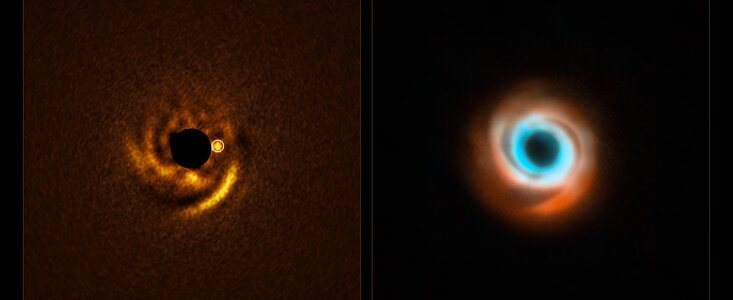
Thirty years ago, seeing a planet out of the Solar System sounded like science fiction. Nowadays, we can see a planet in the disc surrounding a star. Only a very specific instrument, with a specific technique is capable of detecting the planet.
You can see the press release here and the research article here.
A little sister for Betelgeuse
Steve Howell, in collaboration with a series of other astronomers, has discovered a companion to Betelgeuse, one of the brightest stars in the sky.
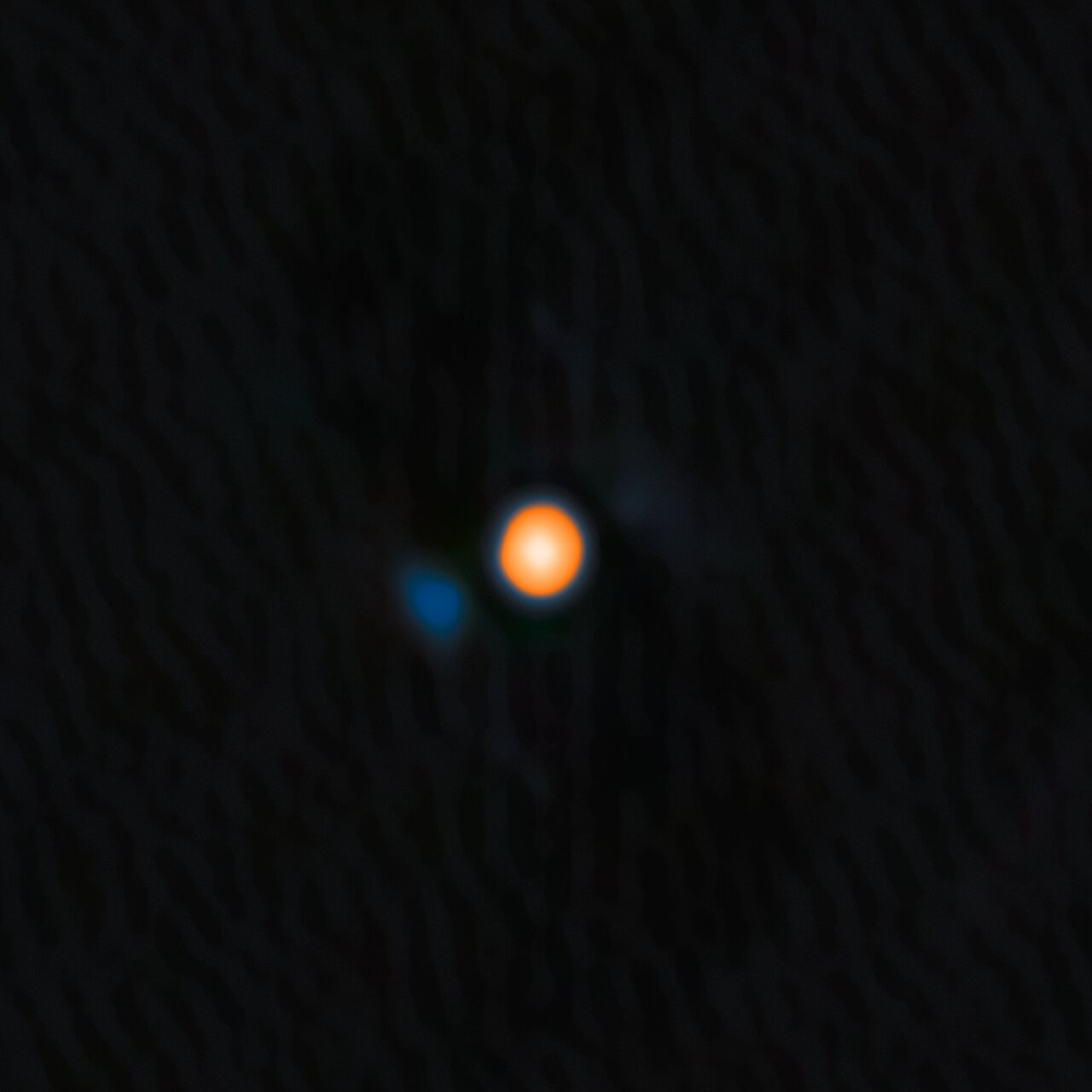
The discovery was made possible by an instrument (designed and built by Steve himself) which takes full advantage of the possible spatial resolution of the 8m Gemini telescope, through Speckle imaging.
The press release can be found here and the research paper is here.
Environmental impacts of astronomical research infrastructures
The French Astronomical Society is perhaps the most active astronomical professional group in addressing issues which go beyond science.
This paper addresses the impact of astronomy on the environment and focuses on the building of new infrastructures.
The last paragraph is amazing. There is some truth in it but I can see how it can be controversial. Should we really slow down astronomical research instead of publishing as fast as we possibly can? Should we only build new infrastructures only when the data have been used in their entirety?
It would be great to see a panel discussion around these topics.
IAU Resources for Astroturism
The Office for Development of the International Astronomical Union has released some material for astroturism that can be used by individuals as well as organisations.
A responsible and informed turism related to astronomy is an important step towards the education of the population in astronomy and, more in general, in science.
A description of this initiative was published here and the material can be accessed here.
📚😃Astronomical paper of the Week
Everyday, I check the papers which are published on astro-ph.
This is a good way to keep in touch with the latest news.
A word of caution: many of the papers published there have not passed the refereeing process.
In this section, I pick a paper for you.
If you want me to comment on a paper, just send it to me by the Friday prior to the publication of the newsletter.
Here is a series of papers which nearly made it to "astronomical paper of the week":
The population of hyperluminous X-ray sources as seen by XMM-Newton
Host galaxy identification of LOFAR sources in the Euclid Deep Field North
Through the fog: a complementary optical galaxy classification scheme for 'intermediate' redshifts
A Metal-Free Galaxy at z=3.19? Evidence of Late Population III Star Formation at Cosmic Noon
This week’s paper is "A Sequential Unsupervised Learning Approach for Large, Multicolor, Photometric Surveys (Hutchinson, Pilachowski, and Johnson)"
🤩Why is it interesting?
There is a lot of photometric wide field surveys and taking advantage of this vast amount of data is complicated.
Often they are used as input catalogue for spectroscopic surveys, as was the case for the Sloan Digital Sky Survey. In some other cases, they are the byproduct of variability surveys, like the PanSTARRS survey.
The legacy value of these data sets is incredible and they offer large opportunities which unfortunately are often left unexplored.
🤨 What is the paper about?
The authors apply a machine learning algorithm to the stars in PanSTARRS DR1.
After a series of quality cuts, they end up with a sample of about 3 million objects. The following figure shows examples of how spectral energy distributions look.
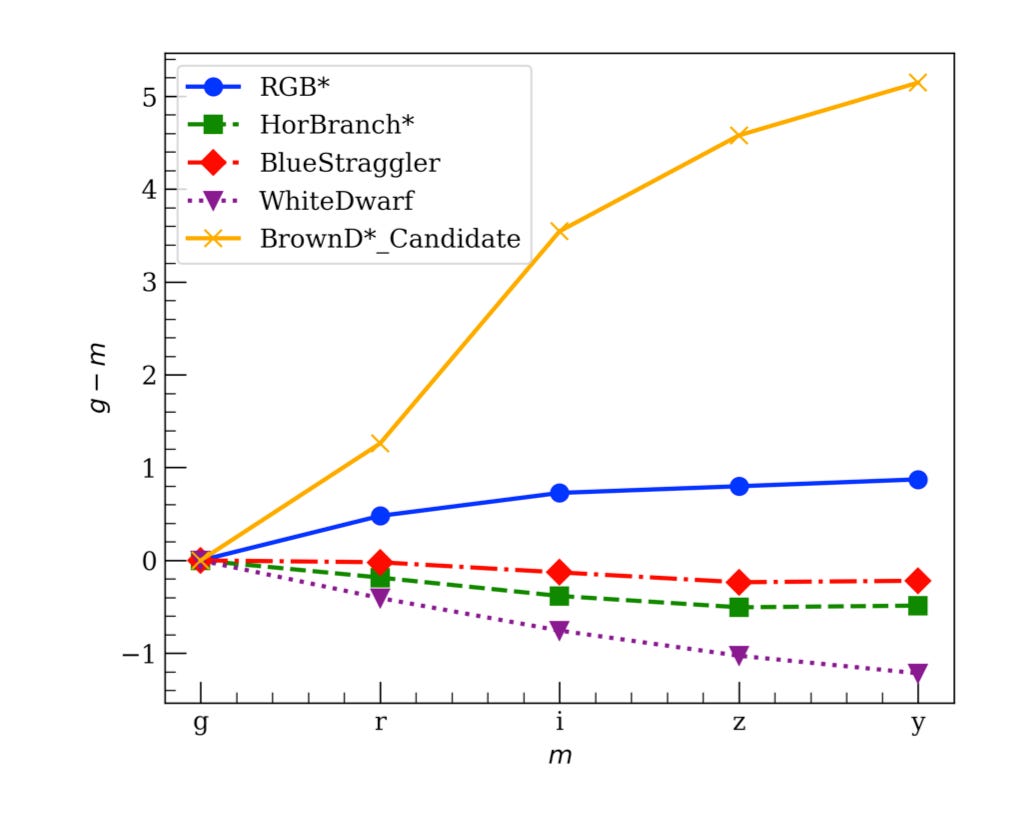
The authors build a new ML algorithm putting together two concepts: the Long-Short Term Memory Autoencoder.
The authors claim that this method has a series of advantages:
* it is unsupervised (no need to "tag" your stars beforehand)
* it allows for pattern recognition
* it reduces the dimensionality of the problem at hand
* it simplifies the detection of anomalies (here meant as objects which do not behave as the others)
* it reduces the noise intrinsic to the training data
The way the data are recovered is impressive.
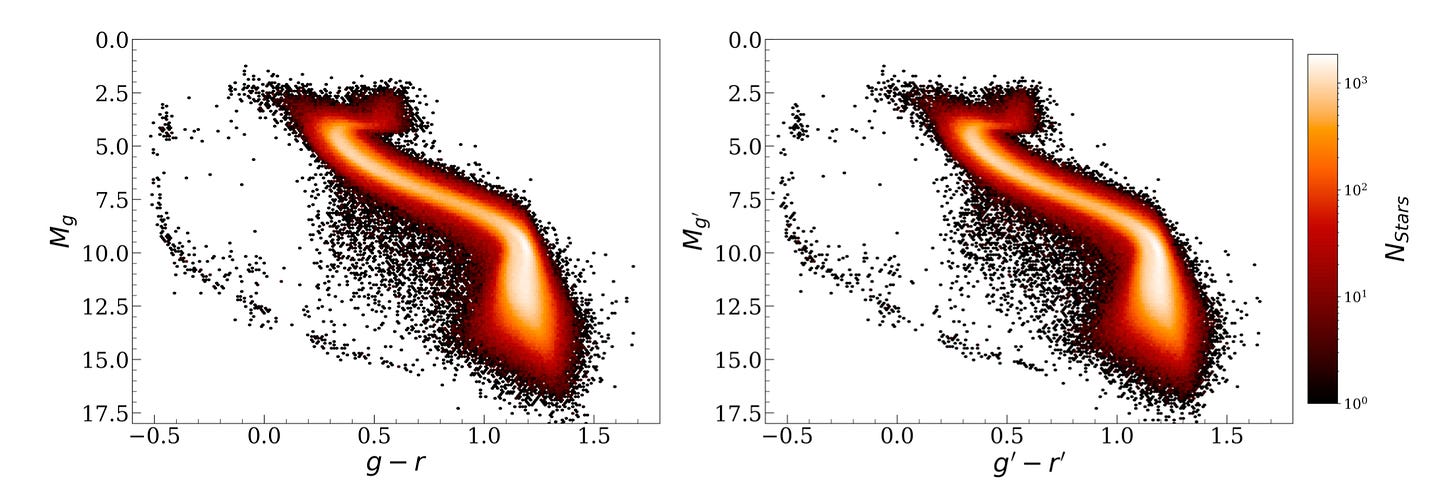
On top of recovering the SEDs of "well behaved" stars, the authors also focus on objects which differ from the other. As briefly mentioned before, we tend to refer to these objects as "anomalies".
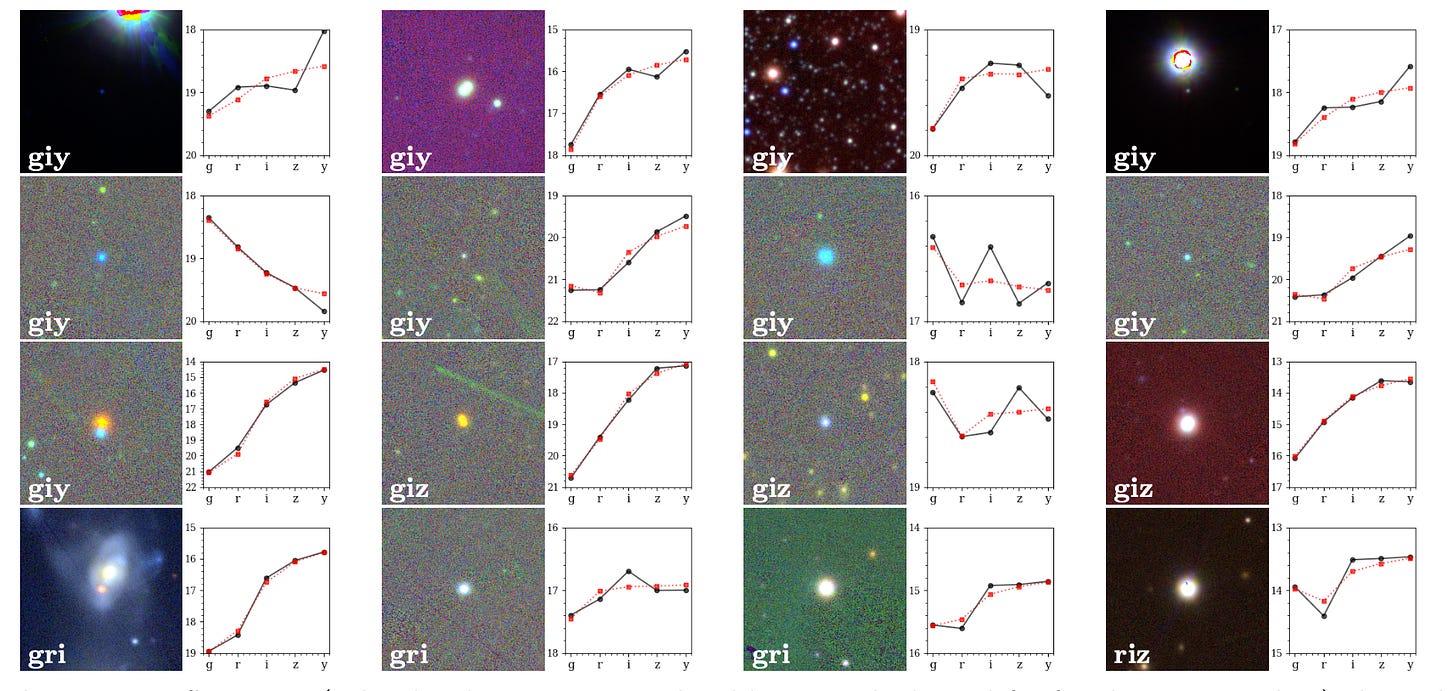
The authors check if the anomalies are reported in Simbad and they provide a table that everyone can use.
The paper is well structured and gives all the necessary details to reproduce the results. The authors add the code that they run in the appendix.
It is certainly a good example of how these papers should be written.
🤖🖥AI in Astronomy
Artificial Intelligence is entering all aspects of our lives. In this section, we try to share useful prompts, use cases, and reflections which may help you using AI in a constructive and engaging way.
If you are interested in the topic, you may want to follow my other newsletter.
Since the paper of the week is already about AI/ML, I may only spend a couple of words on some important aspects of applying these techniques to astronomical data.
While it is often possible, in astronomy, to tell that an object belongs to a class. It is often difficult to tell that an object does not belong to a class.
Just last week, I had this conversation "how can you tell that a star is not variable?". It is an embarrassing situation because the variability may just be at some time scale which has not been probed or under the detection allowed by the quality of the data.
AI/ML is much more tricky than we think, when we try to apply it to astronomy because astronomical data harbour so many things that we simply do not know.
📈📊Astronomy tip of the Week
Professional astronomical cameras take images in black and white. We change a filter before the camera to select the wavelength that will hit the detectors. To get the spectacular colour pictures that we see on the news, we take series of images in different filters and then we assign one filter to the red channel, one to the green channel and one to the blue channel. It is really not a straightforward process.
Nowadays, one can attach a digital camera to a telescope and get very nice results. This week, there were two interesting papers which provided a whole framework to take full advantage of digital cameras.
AutoWISP: Automated Processing of Wide-Field Color Images
Tools for High Precision Photometry from Wide-Field Color Images
The goal of the authors is to give citizen scientists tools to make an impact. Can’t wait to see people starting to use these tools
🫣❓What is on the horizon?
Big conferences, big news or big events.
Brazilian Astronomical Society Scientific Meeting, Caxambu (MG), 28 Sep - 2 Oct 2025
7th Middle East and Africa Regional IAU Meeting (MEARIM7), University of Jordan, Amman – Jordan, November 11-13, 2025
Asia Pacific Regional International Astronomical Union (IAU), Hong Kong Convention Centre, May 4-8 2026


